Southern Maryland Dutch Country
Last spring, American Experience premiered a documentary about the Amish church in America whose members are known for simple living, plain dress, and reluctance to adopt modern technology. I finally got around to watching it. (Thank goodness for the online video archive.) Immediately I was reminded of a family vacation to the Pennsylvania Dutch country when I was 10 years old. My parents wanted my sisters and me “to experience a simpler way of life” by observing the Amish. It was a good experience and we had an fun trip... until we had to head home earlier than planned because we were running out of money. (It turns out the simpler way of life was a good bit more expensive than my parents thought.) Besides the personal nostalgia, the film also inspired me to do a little digging into our local Amish history.
Today over 200 Amish families live and work in St. Mary’s and Charles counties in Maryland, less than 40 miles from downtown Washington. The settlement, which is centered around the town of Charlotte Hall, dates to 1939 when seven Amish families migrated to the area from Bird-in-Hand, Pennsylvania. As Rev. John F. Stoltzfus explained at the time, the move was largely economically motivated:
We are too full, too crowded for the land in Lancaster County. We can no longer afford to give farms to our children and build new homes and barns for them. Four of my children have no homes yet and I can’t help them here [in Pennsylvania] but down there [in Maryland] I can… We want to see what can be done with that cheap land.[1]
Wait! Cheap land in the D.C. area? That certainly seems like a foreign concept now. But not so much in 1939. As many historians have pointed out, the region was a far different place back then. The St. Mary’s/Charles County area, which could be considered an outer suburb of D.C. now, was much more remote in the 1930s. The city’s reach did not extend nearly so far as it does today, and the Patuxent River Naval Air Station had yet to be built. (Construction for the base wouldn’t start until 1942.)
But economics were not the only reason that Stoltzfus and his Amish brethren were looking to leave Pennsylvania. Many feared an increase in government meddling in their lives, specifically around the issue of compulsory education for children.
Amish tradition dictates that children attend school only until age 14, at which point they go to work on farms or in a craft. However, by the 1920s and 1930s, this ran counter to the laws of the land in Pennsylvania (and many other states for that matter). As the population increased, many jurisdictions overhauled their school systems, replacing one-room community school houses with consolidated school districts, and raising the required attendance age to 15 or 16. Many Amish parents refused to send their children to the larger, more distant non-Amish schools despite pressure from local and state officials to do so. Some were prosecuted and even jailed for their opposition.[2]
Southern Maryland proved to be a much friendlier than the Pennsylvania Dutch Country with respect to the schooling issue. While the legal age for required school attendance was 16 in Maryland, it was never stringently enforced and the Amish effectively took over the local elementary school, Charlotte Hall Elementary. In 1967, 80 of the school’s 83 students were Amish.[3] Even as school attendance laws tightened by the 1960s, the Amish were exempted through special legislation[4] – a policy that became national law with the Supreme Court’s 1972 decision in Wisconsin vs. Yoder, which declared that requiring Amish children to attend school beyond 8th grade violated their right to religious freedom.
Over the years, the St. Mary’s Amish community grew steadily. Most families operated farms and the community quickly gained a reputation for superior planting. As one 1941 account remarked, the Amish “bought deserted, bleak and weed-grown land and transformed some 2500 acres into productive farmland.”[5] A 1955 Washington Post feature story went so far as to credit Amish “Green Thumbs” with rejuvenating the Southern Maryland soil that had been exploited by years of “reckless tobacco farming.”[6]
While the Amish have a very closed society in terms of personal relationships, they have a lot of business interactions with those outside the community. In addition to farming, many are craftsmen, making furniture and building homes for non-Amish clients on handshake agreements (no written contracts), and the annual Amish quilt auction in Mechanicsville attracts visitors from all over the region each November.[7]
According to Dr. Julia King, professor of Anthropology at Saint Mary’s College of Maryland, this economy contributes significantly to Southern Maryland’s culture:
People here are delighted by the Amish. They are part of Southern Maryland’s identity and help make this place different from the Eastern Shore or Northern Virginia. You come here and you see buggies, go to a quilt auction and pickup food at an Amish farmer's market. These are experiences that make a place special, and the Amish are a big part of that.[8]
Despite their successes, the community has been squeezed by the outside world in recent decades. As the Washington metropolitan area has grown and property values have risen, some Amish families have been forced to look elsewhere for affordable lands they can subdivide and pass on to their children, much like their forefathers in Pennsylvania a generation ago.[9] So, the long-term future of the Southern Maryland settlement – and the ability of the Amish to fend off the encroaching forces of modernity – is a little unclear. But, it’s safe to say that their presence adds to the cultural breadth of our region.
Footnotes
- ^ “Amish Quit Bird-in-Hand, Pa., for One in Maryland Bush,” Washington Post, 27 Nov. 1939: 3.
- ^ “Promised Land,” Washington Post, 1 Dec. 1939: 18.
- ^ “Amish Fighting Elimination of Their School,” Washington Post, 26 Jan. 1967: D24.
- ^ Eugene L. Meyer, “Amish Try to Keep Faith With Themselves and Land,” WashingtonPost, 11 Apr. 1985: MD1.
- ^ “More Amish to Swell Colony in St. Mary’s,” Washington Post, 8 Sep. 1941: 24.
- ^ Dieter Cunz, “The Plain People Have Green Thumbs,” Washington Post, 1 Dec. 1946: B1.
- ^ Julia King, Personal Interview, 10 Feb 2012.
- ^ Julia King, Personal Interview, 10 Feb 2012.
- ^ Brian Mooar, “The Simple Life Gets Tougher: Amish in St. Mary's Losing Ground to Growth, Development,” Washington Post, 23 Jun. 1994: MD24.


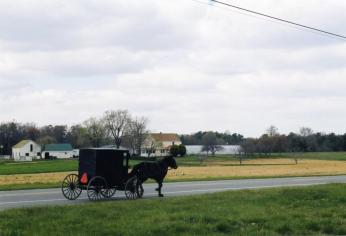
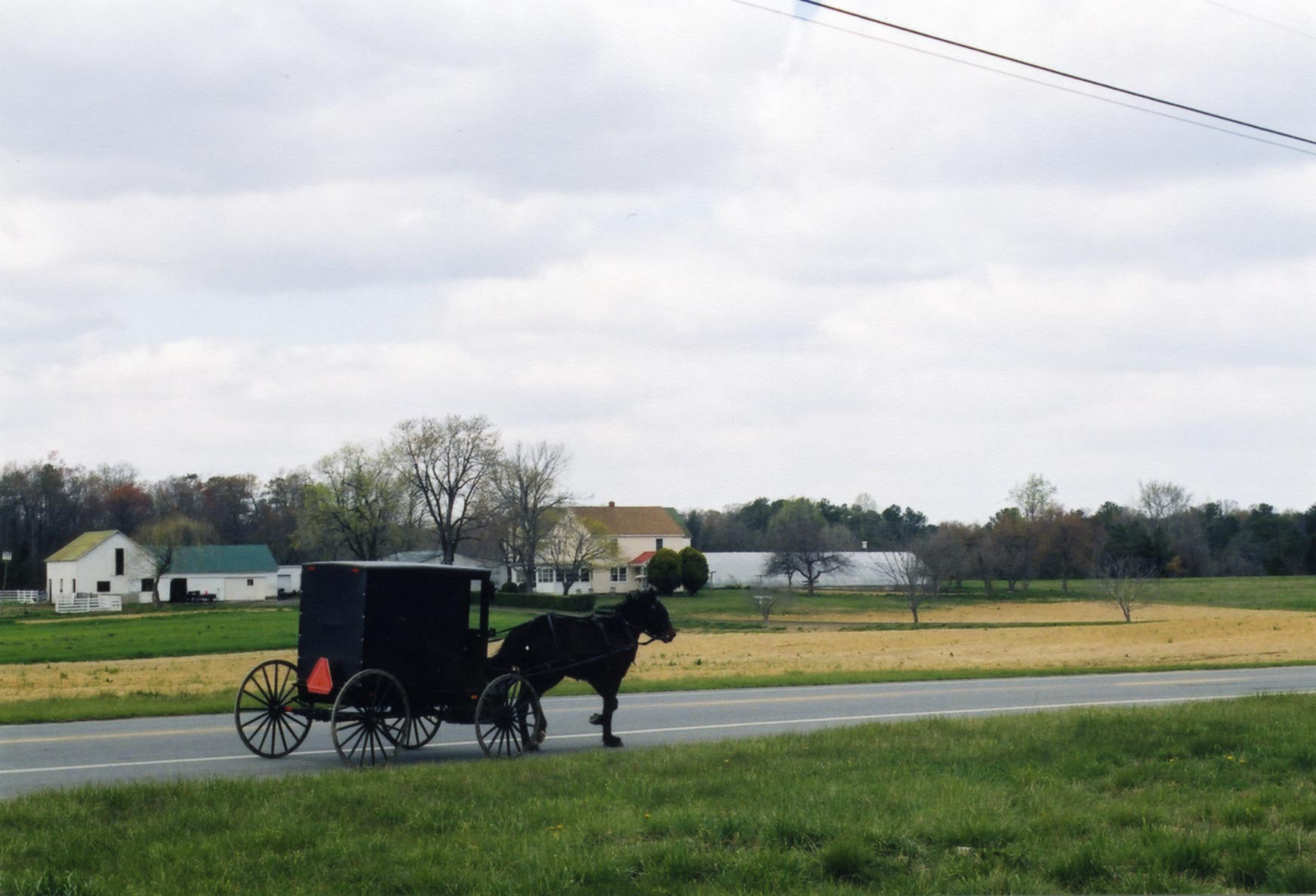
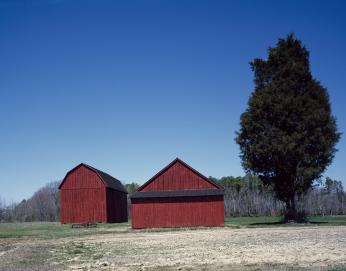
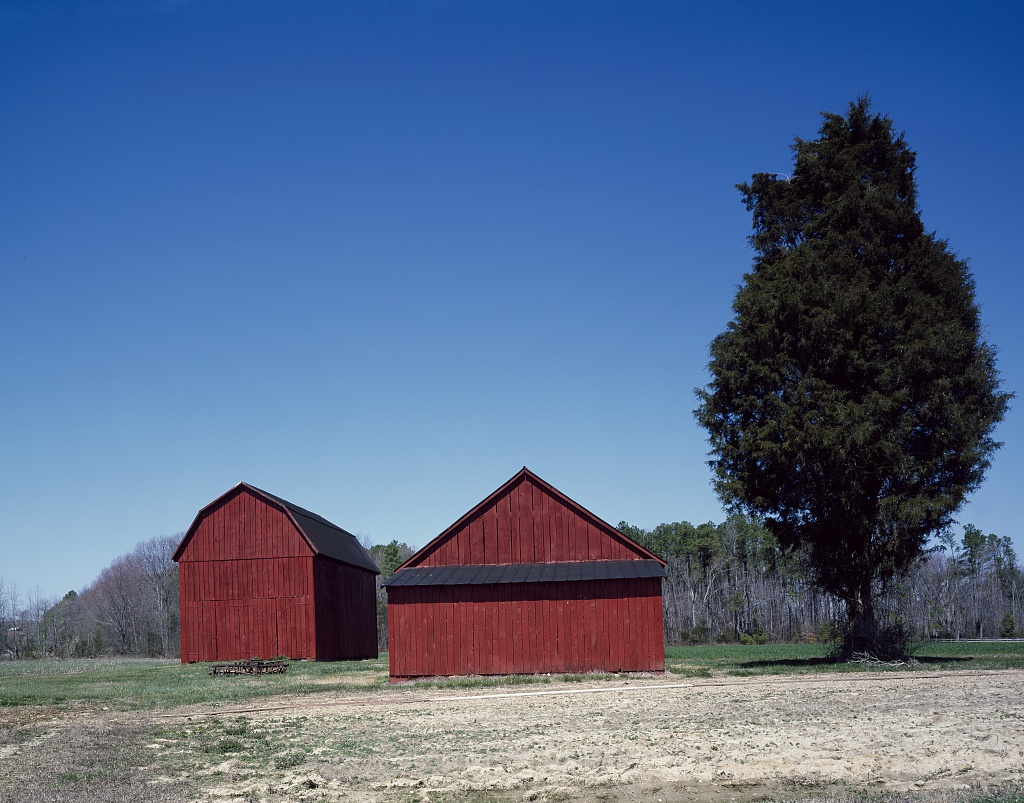
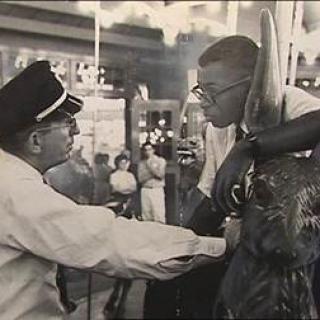
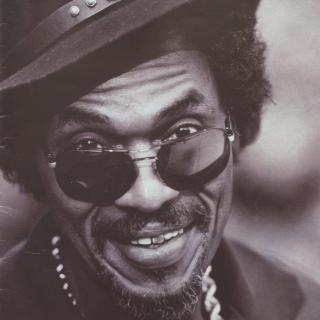
![Hundreds of draft protestors stand outside the courthouse where the trial of the Catonsville Nine takes place, peace signs up in support of the Nine. (Source: William Morgenstern, [War and draft protest], 1968. Gelatin silver print. University Archives, University of Maryland, Baltimore County, UARC Photos-09-01-0025.)](/sites/default/files/styles/crop_320x320/public/street-rally-s_0.jpg?itok=E3FhlO92)
![Sketch of the mythical fuan by Pearson Scott Foresman. [Source: Wikipedia]](/sites/default/files/styles/crop_320x320/public/2023-10/Goatman_Wikipedia_Faun_2_%28PSF%29.png?h=64a074ff&itok=C9Qh-PE1)












